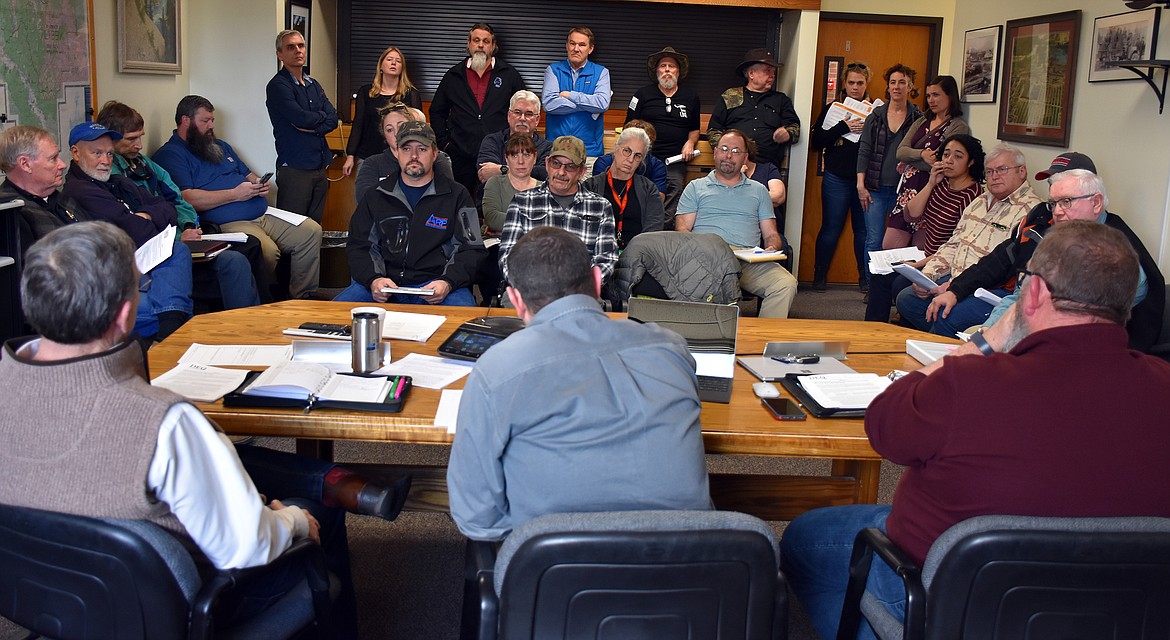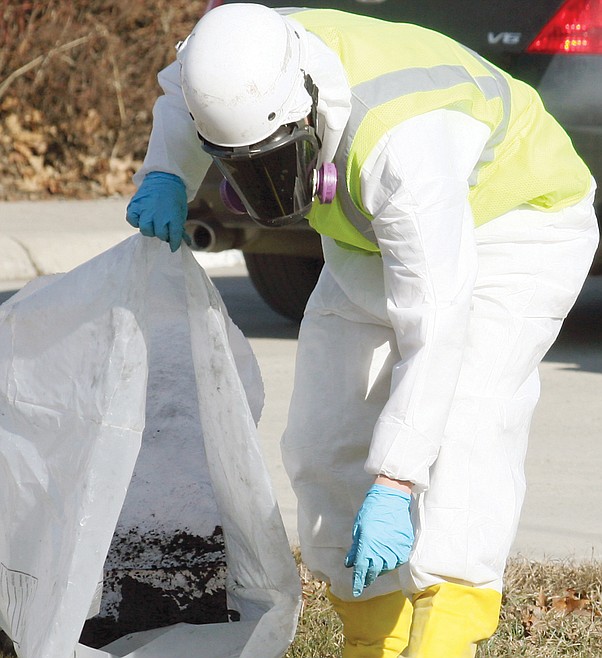Paying the price
|
March 9, 2020 8:39 AM
Mark Peck used the word “ludicrous” at least three times to describe a draft document received Feb. 27 by Lincoln County officials from the Montana Department of Environmental Quality. ...
Become a Subscriber!
You have read all of your free articles this month. Select a plan below to start your subscription today.
Already a subscriber? Login





